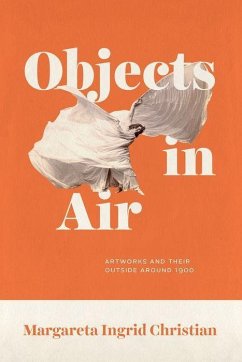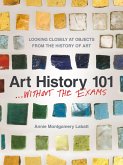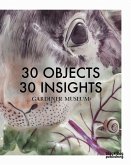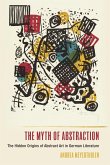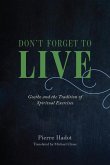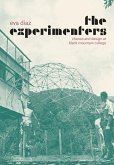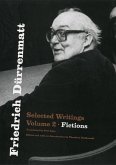"This beautifully written work unpacks the ways in which, around 1900, art scholars, critics, and-importantly-choreographers-wrote and thought about the artwork as an actual object in real time and space, surrounded and fluently connected to the viewer through the very air we breathe. In other words, they were not thinking about the work of art as a transcendent entity. Theorists such as Aby Warburg, Alois Riegl, Rainer Maria Rilke, and the choreographer Rudolf Laban drew on the science of their time to examine air as the material space surrounding an artwork, establishing its "milieu," atmosphere, "environment." Christian explores how the artwork's external space was seen to work as an aesthetic category in its own right. She starts with Rainer Maria Rilke's observation that Rodin's sculpture "exhales an atmosphere" and that Cezanne's colors create "a calm, silken air" that pervades the empty rooms where the paintings are exhibited. Writers created an early theory of unbounded form that described what Christian calls an artwork's ecstasis or its ability to engender its own space. The book rethinks entrenched narratives of aesthetics and modernism and recuperates alternative ones: thus, from this perspective, art objects complicate the now-fashionable discourse of empathy aesthetics and the attention to self-projecting subjects. Further, the book invites us to historicize the immersive spatial installations and "environments" that have arisen since the 1960s and to consider their origins in turn-of-the-twentieth-century aesthetics"--
Hinweis: Dieser Artikel kann nur an eine deutsche Lieferadresse ausgeliefert werden.
Hinweis: Dieser Artikel kann nur an eine deutsche Lieferadresse ausgeliefert werden.

